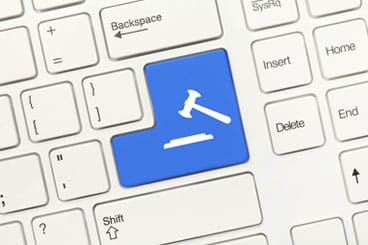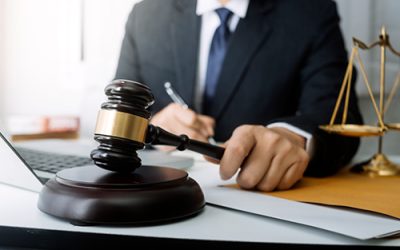
Precise Legal Transcription to Get the Details Right
Legal transcription services would involve creating accurate legal documents of oral communications and sessions such as crucial witness interviews, wire tap, hearings, depositions, court proceedings, pleadings, and also audio and video recordings. The attorney for the defendant would be looking at various angles to:
- Rule out the role of the defendant in the action,
- Claim unintended consequences, or
- Apportion the blame to others or even the plaintiff
The plaintiff needs to get the documentation right and convince the jury that:
- The blame lies squarely with the defendant,
- The plaintiff has suffered loss or danger because of that, and
- That the action requires damages to be settled
If the defendant is wrongly accused, his attorneys need to display similar diligence in all the aforementioned processes to get his innocence proved. It is important to get the little details right, and outsourcing documentation tasks associated with litigation works better for law firms burdened with excessive workload. When law firm staff is burdened with excessive transcription among other core duties, the risk of errors increases which could adversely affect the client and the reputation of your firm.
Following are two typical cases where precise legal transcription can make the difference in their outcome by presenting the court with documents detailing every minute fact. Cases such as these would require transcription of judgments, police recordings, court hearings, and doctor testimonies among others.
Plaintiff Arguing against Police Conclusion
In a recent fatal crash lawsuit as reported in CT Law Tribune, ambiguity reigns as to who the driver of the car was, which hit a tree and fatally injured four high school students. In this 2010 incident police concluded that one of the deceased teenagers was the driver in the crash that left one survivor. However, the parents of the teenager who was thought to be the driver sued the lone survivor, claiming that he, and not their son, was the driver of the car.
The plaintiffs sought to obtain DNA of the defendant to compare it with the blood found in the driver area of the wrecked car. The defendant in turn submitted his motion to seal two of the exhibits containing crucial information relating to the crash including police investigation records and graphic images. The judge has granted that motion, citing the risk of social media disseminating the evidentiary information. The DNA motion has yet to be ruled on.
Determining Which Incident Caused the Damage
In yet another incident as reported in CT Law Tribune in which a 42-year old man suffered two successive accidents resulting in a severe neck injury involving multiple surgeries, doctor’s testimonies were essential in determining that it was the second accident that caused the damage. Each of these incidents that happened on successive days resulted in separate lawsuits. But before the lawsuits were consolidated there was significant blame shifting by each of the defendants, claiming that the other accident was responsible for the plaintiff’s serious injury. But those doctor testimonies proved vital in the plaintiff being awarded $1.8 million in damages.



